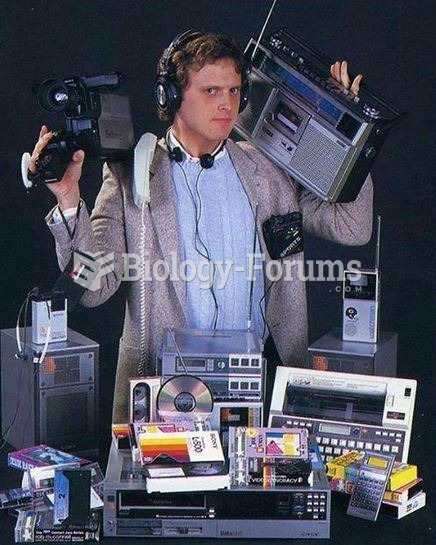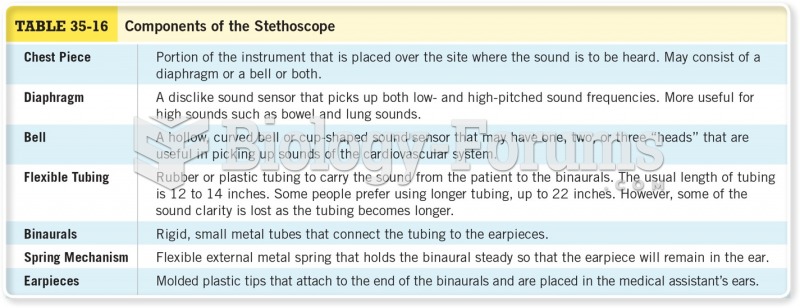Answer to Question 1
Content. The content of communication tasks and projects must be based on curricular goals and students' needs.
Time. Time is an important element and is also based on students' needs and on the task. Some classroom communications may take place very quickly, such as giving instructions. Others, however, take longer. Typically, the more people involved and the more communication required, the more time the task may take. Also, if new technologies must be learned, time must be allotted for students to do so. In addition, students need time to think before responding in order to have the benefits of communication (Kumpulainen & Wray, 2002), and some students may need more time to formulate their communication than others.
Communication technologies. Just as work toward other learning goals can take place without electronic technologies, so can communication. To support social interaction, communications tools should allow for exploratory and argumentative talk (Kumpulainen & Wray, 2002, p. 15). However, project participants outside of the classroom may not be accessible in a timely manner without the use of electronic tools such as e-mail or the telephone. Additionally, technology can make communication more accessible to learners with different physical abilities. For example, screen readers (discussed further in the Guidelines and Tips section of this chapter) that voice the text on a computer page can help students who do not see or read well to understand the content of a communication, and dictation software can help those who cannot type well by allowing them to speak their messages while the computer translates them into text.
Communication participants. There are a variety of people who can communicate with students. These include classmates and schoolmates (internal peers), peers from another school or area (external peers), parents, teachers, and content-area specialists (experts), and the general public. Lev Vygotsky (1962, 1978 ) and other researchers working in the socio-cultural tradition show that participants are crucial to student success. These researchers posit that students learn by working through social interaction with the help of others on tasks that are slightly above their current level. Although the tasks could not be performed by the student alone, they are achievable with guidance and collaboration. Research in this area shows that what is learned with peers and others transfers to other situations over the long term, even when students are later working individually (Cesar, 1998).
Participant roles. As noted previously, communication tasks work effectively when everyone has a part to contribute to the whole. Roles can be structured and assigned by the teacher or they can be chosen less formally by students within their groups. Students can each be responsible for a certain part of the contente.g., a different set of years in the life of a famous personand/or a specific part of the process, such as typist, illustrator, editor, and so on.
Learning focus. Socializing, although certainly an important part of the communications process, will not help students learn contentstudents need to communicate about the concepts rather than just making conversation. Task structure and pacing can help students focus on the goals during tasks that require social interaction.
Answer to Question 2
A. TRUE







